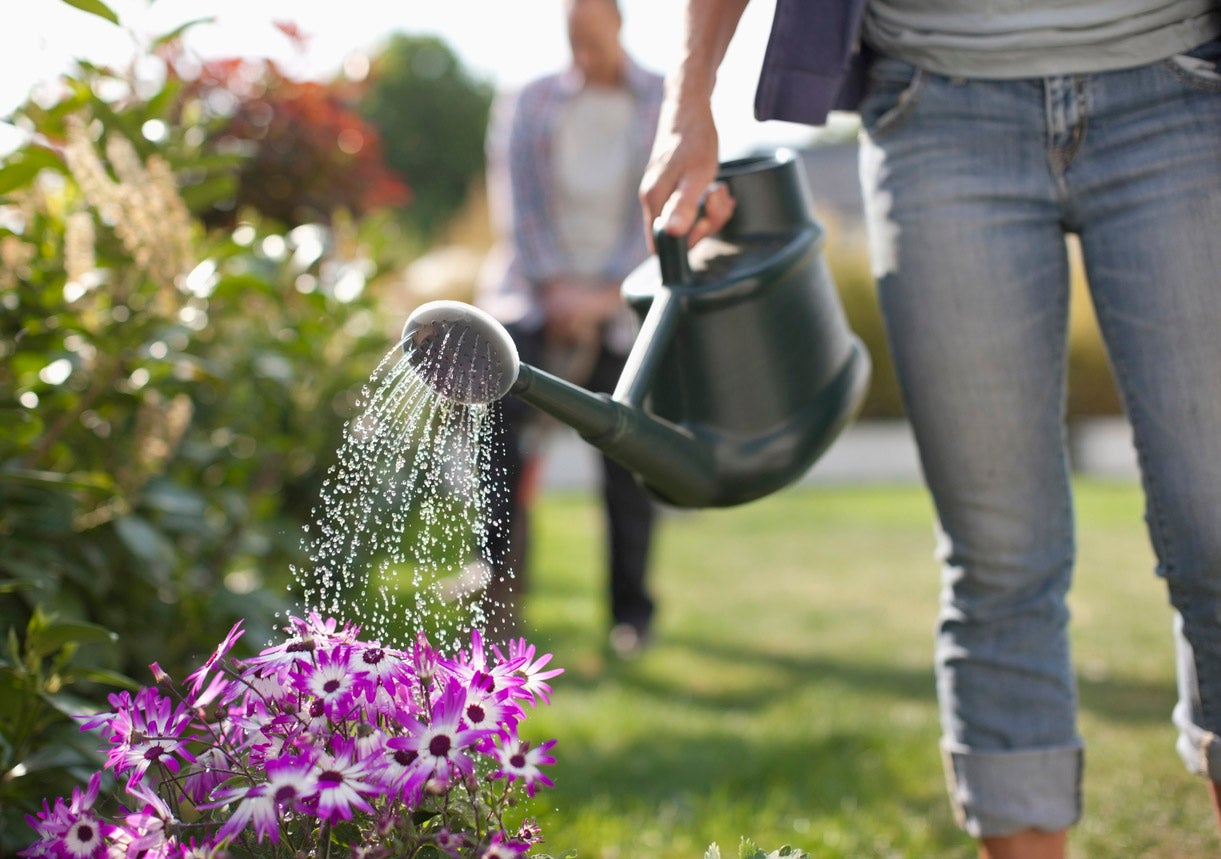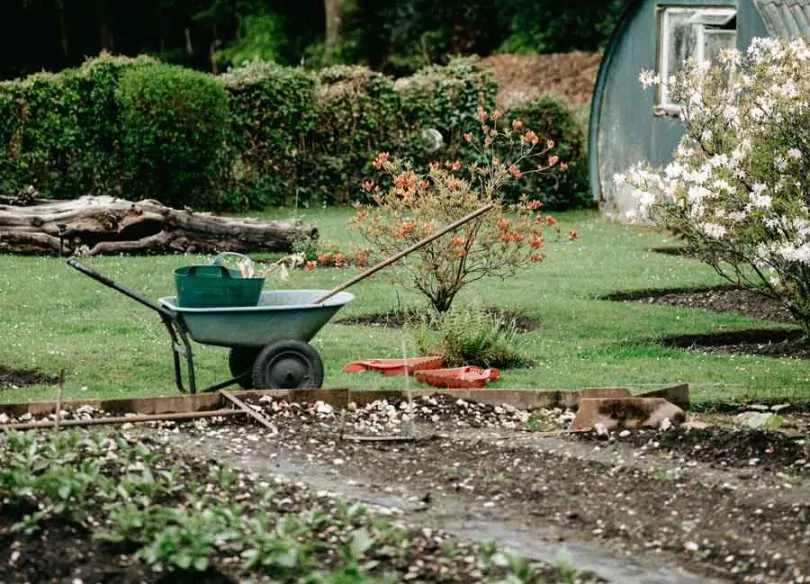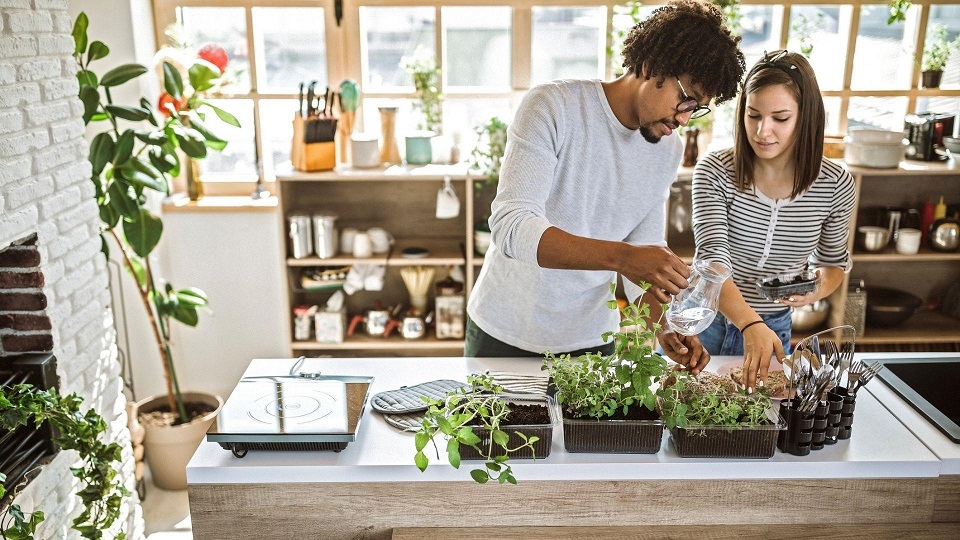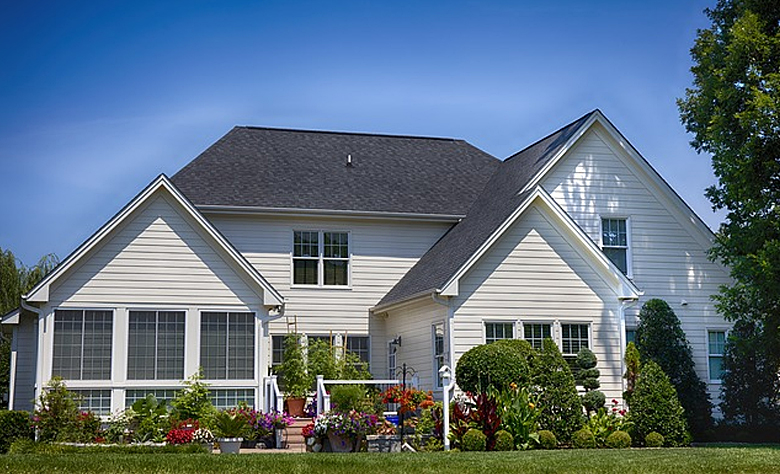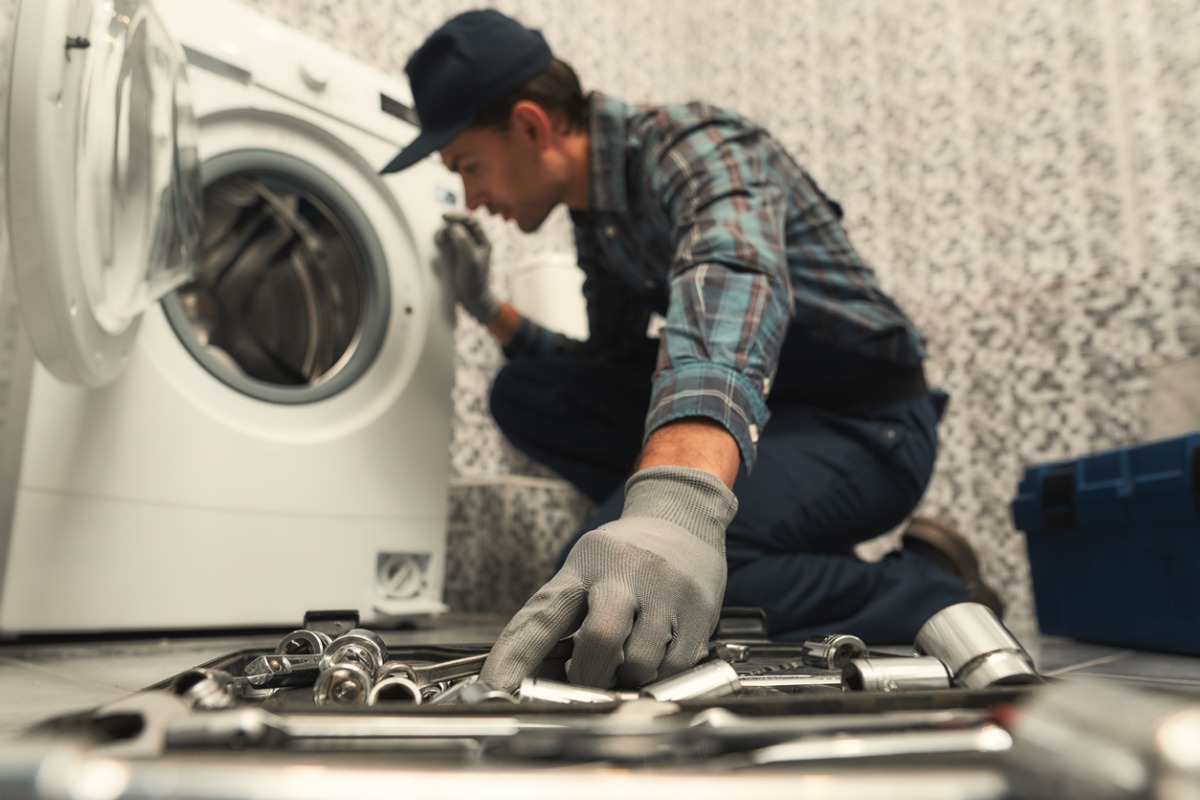Caring for Houseplants: Tips for Greenery Indoors
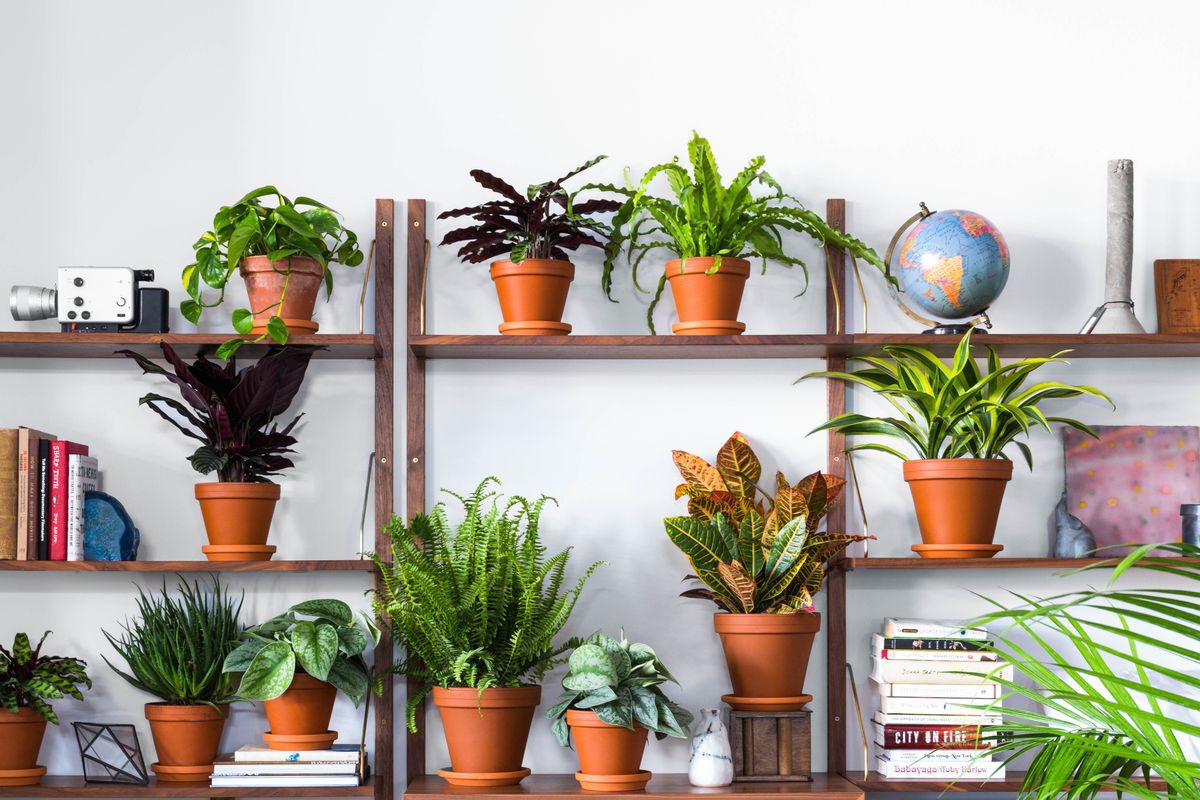
Anúncios
Houseplants not only enhance the visual appeal of indoor spaces, but they also help improve air quality and improve overall well-being. If you want your houseplants to stay healthy and live as long as possible, it is crucial to give them the care and attention they need.
1. Get Knowledge about Indoor Plants
Every houseplant is unique and has different maintenance requirements. The first step in properly caring for houseplants is knowing the specific requirements of each plant.
Anúncios
Determine the Type of Plant:
It is important to know each type of houseplant because different plants have different requirements for light, water and humidity in their environment.
Research Necessary Plant Care Procedures:
Research each plant’s specific requirements, such as the amount of light they need, how often to water them, the humidity they like, and the heat or cold they can tolerate.
Anúncios
Consider Environmental Conditions:
It is important to pay attention to the conditions your houseplants are in, such as the amount of sunlight they receive, the humidity and any temperature fluctuations.
2. Provide Enough Light
Getting enough light is essential for the health and development of indoor plants.
Adjust the Amount of Light Relative to Plants:
Place plants in well-lit areas that prefer bright, indirect light, and place plants that can survive shade in areas with less light.
Plants should be Rotated for Balanced Growth:
Always make sure your houseplants are rotated regularly so that all sides get the same light and promote even growth.
Watch for the Following Mild Signs of Stress:
Watch for symptoms of light stress, such as plants with longer stems or yellowing leaves, and adjust their placement in the room accordingly.
3. The Right Way to Water Indoor Plants
Proper watering is an important part of proper houseplant care and finding the right balance is crucial.
Adjust the Watering to the Plant:
Adjust the watering frequency based on the watering needs of your plants, taking into account factors such as the time of year and the stage of development of your plants.
Use Quality Watering Tools:
A watering can or drip irrigation system with a fine sprayer is also a good option for carefully and accurately watering houseplants.
Avoid Too Much Water and Underwater:
It is important not to overwater the plant as this can cause root rot, or to overwater the plant as this can lead to dehydration and stress.
4. Provide Good Humidity
Certain types of houseplants, especially those native to tropical areas, need good humidity at all times.
Know Your Desired Humidity:
Remember that different houseplants require different humidity levels and organize your plants accordingly.
If Necessary, Increase the Humidity:
By misting the plants or using a humidifier, you can increase the relative humidity to promote plant growth.
Organize Plants According to their Ability to Regulate Humidity:
Grouping plants together can create microclimates with higher humidity, which is beneficial for species that are sensitive to low humidity.
5. Fertilize House Plants And Indoor Gardens
Consistent fertilization provides the key nutrients your houseplants need to maintain healthy growth.
Know Nutritional Needs:
Become familiar with the nutritional needs of houseplants and choose a fertilizer that meets those needs while being balanced.
Use a Balanced Fertilizer:
Use a balanced fertilizer, one that contains equal amounts of nitrogen, phosphorus and potassium, or choose a formula designed for specific plant species.
Keep a Regular Feeding Schedule:
Create a fertilization schedule to ensure a steady supply of nutrients, but avoid over-fertilizing, which can lead to nutrient deficiencies.
6. Pruning And Other Forms Of Indoor Plant Maintenance
Indoor plants require regular pruning and care to maintain their shape and appearance.
Remove any Yellowed or Dead Leaves:
Remove diseased, dead or yellowing leaves as soon as possible to stop the spread of disease and improve the plant’s appearance.
Take All the Dead Flowers:
Pinch off a plant’s discarded flowers to entice it to use energy to produce new flowers.
Encourages More Bushy Growth:
By following this technique, the tops of some plants can be pushed back to encourage branching and bushy growth.
7. Pest Control Methods
Watchful eyes are essential for preventing and effectively controlling pests in indoor plants.
Regularly Check for Pests:
It is important to routinely inspect houseplants for symptoms of pests such as spider mites, aphids and mealybugs.
Use Natural Remedies to Control Pests:
If pests are present, consider natural remedies such as neem oil or insecticidal soap, or remove them manually.
If possible, Separate Infected Plants from Healthy Plants:
If your plant is severely infested, separate it from other houseplants to stop the spread of the infestation.
8. Transplant Indoor Plants Into New Pots
Once your houseplants outgrow their existing pots or the soil runs out of nutrients, they may need to be repotted.
Note on Repot:
Determine if a plant needs to be repotted by monitoring the progress of the plant’s roots and looking for obvious symptoms of root binding.
Be Sure to Choose the Right Container and Soil:
When repotting, choose new containers that drain well and use well-draining, nutrient-rich soil.
Take Extra Care when Repotting:
When repotting, handle the plant gently so as not to damage the roots and then take good care of it.
Conclusion:
Proper care of indoor plants requires not only love and affection, but also attention and knowledge. Start by familiarizing yourself with each plant’s specific requirements and provide them with enough light, water and humidity to cultivate a healthy and beautiful indoor greenery; fertilize well; regular pruning and care; and take measures to prevent and control pests
FAQs:
1. How do I know if my houseplants are getting enough light?
Signs of insufficient light are pale leaves, elongated stems and leaning towards the light source. Conversely, sunburned or scorched leaves indicate too much light.
2. Can I use tap water to grow houseplants?
Tap water is generally safe for most indoor plants. However, if your tap water is high in chloride, consider using filtered or distilled water.
3. Do houseplants need to be fertilized during dormancy?
During the dormant season, houseplants may need less frequent fertilization or no fertilization at all. Adjust your fertilization schedule to suit your plant’s growth cycle.
4. How often should I repot houseplants?
The frequency of repotting depends on the growth rate of the plant and the condition of the root system. As a general guideline, repot every one to two years or when the plant outgrows its current container.
5. Can I use homemade remedies for pest control?
Yes, there are several effective homemade pest control methods, such as neem oil, garlic spray, and soapy water. Always test in a small area first and monitor the plant’s response.
